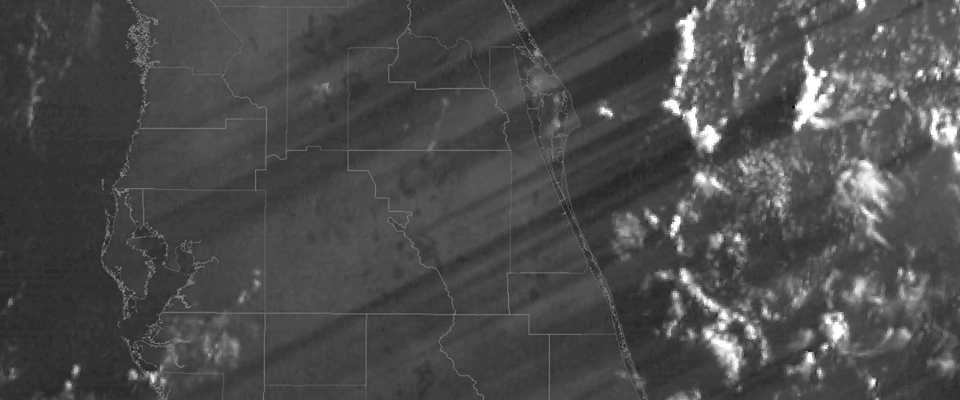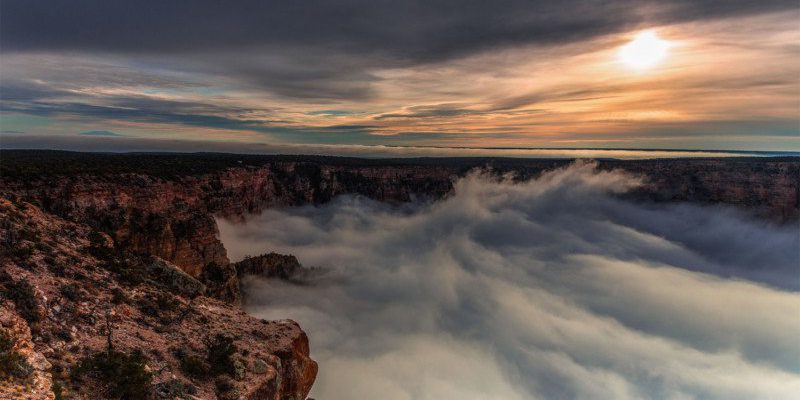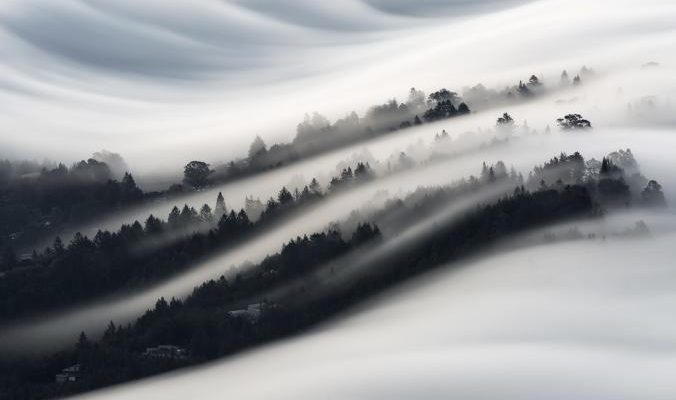Interesting weather images
-

Those of you who like weather pictures and knowing about unusual weather phenomena probably already know what a “green flash” is, but for those who don’t, a green flash is an optical phenomenon that occurs at sunset when the setting sun may momentarily look green due to the refraction of the sun’s disk by the…
-

NASA’s ClimateBits has an excellent short video on what an urban heat island is. You can watch it below from YouTube. The urban heat island can be seen in cities as small as Athens GA (population about 115,000) and I think you could even see effects in smaller cities with distinct urban centers. In Athens…
-

Jordan McLeod of the Southeast Regional Climate Center shared this spectacular photo from NWS Melbourne’s Facebook page showing GOES-16’s imagery of long shadows cast by thunderstorms off Florida’s east coast just after sunrise. Amazing! Here’s the text that went with it: Offshore showers and storms cast long shadows across the entire Florida peninsula just after…
Posted in: Interesting weather images -

KQED Science had an interesting article this week about how historical paintings from the past can shed light on the amount of pollutants (both natural pollutants like volcanic particulates and human-injected pollutants from industry and transportation) in the atmosphere and how they change the way the sky looks. I’ve talked about this in the past,…
-

If you like time lapse cloud pictures like I do, and would like to live vicariously by visiting the Grand Canyon on video (I haven’t been there yet but hope to someday), you will love this 3-minute video of a rare cloud inversion, where clouds fill the bowl of the canyon. You can read about…
Posted in: Interesting weather images -

Just in case you did not know, the World Meteorological Organization has a five-minute video explaining everything that meteorologists do using cute hand drawings. Did you know that the broadcast meteorologists you see on television are actually just a small proportion of all of the meteorologists working for government, private industry, and in the military?…
Posted in: Interesting weather images -

I grew up looking at National Geographic magazine and loved their photography. Here is their latest collection of beautiful landscape pictures. Of course many of them include great weather as well! You can view these 43 pictures here.
Posted in: Interesting weather images